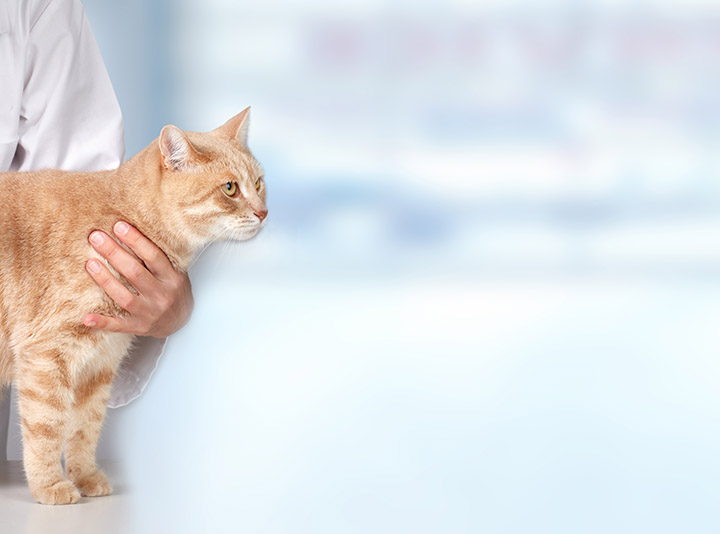Even temporary use of veterinarian laboratories to perform human testing may have a long-term impact on clinical laboratories.
As the need for COVID-19 testing has seen a dramatic increase throughout the United States, some states are turning to unlikely testing facilities: veterinarian laboratories. Like clinical laboratories, veterinarian labs are fully equipped to perform polymerase chain reaction (PCR) testing and have personnel with the knowledge and experience to run PCR testing. Veterinarian labs are designed to be high-capacity labs, focusing more on herd testing with capabilities of testing large animal populations at once.
Karin Brulliard of The Washington Post reported that the state of Oklahoma has been using the Oklahoma State University lab (a veterinarian lab) to perform more human SARS-CoV-2 tests than any other laboratory in the state. In this article, Brulliard quotes laboratory professionals as mentioning that the lab has not yet run at full capacity, as they are attempting to avoid an overnight shift for employees and only doing 1,300 tests a day—65% of their potential capacity.
According to Veterinary Information Network (VIN)—a network providing veterinary-related news—veterinary labs could increase SARS-CoV-2 PCR testing capacity nationally by 15%, or even more. VIN reports that while high-capacity veterinarian labs provide a quick and effective way of potentially increasing COVID-19 testing, there have been regulatory hurdles that have presented barriers to some veterinarian labs.
The core barrier for veterinarian labs in performing SARS-CoV-2 testing has been obtaining Clinical Laboratory Improvement Amendments (CLIA) certifications. Even with these certifications being fast-tracked to increase SARS-CoV-2 test volumes, some veterinarian labs have encountered difficulties in obtaining CLIA certifications. Others, however, have not encountered the same level of difficulty and have obtained the ability to perform human specimen tests quickly.
Even Temporary Shift May Have Implications for Clinical Laboratories
As veterinarian laboratories mobilize to perform SARS-CoV-2 testing, clinical laboratories and pathology groups should consider the potential implications for in vitro diagnostic testing, both for COVID-19 and for clinical testing in general.
Veterinarian labs that have been successful at processing COVID-19 tests were able to obtain CLIA certifications after partnering with public health officials and medical facilities with a CLIA-certified lab. If this trend continues, it could lead to decreased revenue and test volume for COVID-19 testing in clinical laboratories—at a time when these labs are already experiencing financial hardships.
Clinical laboratories not currently experiencing competition from veterinarian labs should anticipate potential competition in the near future. Brulliard’s May 12 article in The Washington Post promoted the benefits of using veterinarian labs for COVID-19 testing. Should reports like this intensify public and political pressure for higher testing volumes, veterinarian labs may find it easier to obtain CLIA certifications and begin performing human specimen testing, particularly in response to future demand for COVID-19 serological tests.
While the COVID-19 public health emergency may lead to temporary relaxation of the regulations that keep animal and human testing distinct, some veterinarian lab experts have already begun to contemplate the possibilities of these changes.
According to VIN, “Some expect the COVID-19 crisis to help bring human and veterinary diagnostics under a single regulatory umbrella. ‘There should not be lines to separate the two,’ said Dr. Leyi Wang, a veterinary virologist at the University of Illinois College of Veterinary Medicine who was involved in testing the tiger sample. ‘After this crisis is over,’ he predicted hopefully, ‘the overlapping work and collaboration of the two kinds of labs will be strengthened.’”
Even the temporary use of veterinarian labs to perform human testing may have a long-term impact on clinical laboratories and could blur the lines between clinical and veterinarian labs. The actual implications and potential changes that could occur still remain to be seen.

—By Caleb Williams, Editor, COVID-19 STAT
Related Resources:
Washington Post Reports that Veterinarian Labs May Provide Promising COVID-19 Testing Resource
Confirmed cases of SARS-CoV-2 in Animals in the United States






